Honda is no stranger to making legendary JDM engines. The 90s gave birth to high-performance Hondas because of their revolutionary VTEC system. This allowed their engines to produce great amounts of horsepower without sacrificing fuel efficiency, which was first seen on the 1.6-liter B16A DOHC VTEC engine fitted in the Integra XSi.
For the new millennium, Honda showed their consistent commitment to perfecting the high-performance, DOHC, four-cylinder engine format by coming up with the K-series engine. Today, most of the Japanese carmaker's vehicle lineup is powered by the K-series line, and has become quite the go-to four-cylinder engine for gearheads who want some serious power gains for their cars. That being said, let's get to know more about Honda's K-series engine.
10 A Successor To The B-Series
Introduced in 2001, the K-series lineup of engines replaced the iconic B-series as the flagship four-cylinder DOHC engine of Honda. It was a larger engine line compared to the B-series, as the range of engine displacements varied from 2.0 to 2.4 liters as opposed to the B-series, which ranged from 1.6 to 2.0 liters.
They stuffed variants of the K-series into almost all of their model lineup at the time, including the Odyssey, the CR-V, and of course, the Integras and Civics that we're all familiar with.
9 Revised Engine Layout
Honda also revised the engine layout of the K-series to completely differentiate it from its predecessor. One can immediately tell if a car has a K-series or a B-series through its engine placement. Pop the hood open, and you'll see a K-series positioned at the left, while the B-series is mounted at the right.
The difference does not stop there. The intake and exhaust manifold have switched places, and it now uses a coil-on-plug, distributorless ignition system, which tidies up the engine bay further.
8 Type R
The first-generation Civic Type R, more commonly known by JDM enthusiasts as the EK9, was the only non K-series powered Civic Type R model ever made. Honda started using the K-series on the Civic Type R in 2001 onwards with the second-generation EP3 that had the K20A engine.
In 2015, a turbocharged version of the K-series engine, called the K20C1, succeeded the K20A in powering the Civic Type R FK2, and will remain in service for the incoming 2022 Civic Type R.
7 i-VTEC
The innovative VTEC system was still present on the K-series engine, albeit now combined with Honda's Variable Timing Control that advances or retards depending on engine load, and is now called i-VTEC.
There are two types of i-VTEC in the K-series engine; one of which is similar to the DOHC VTEC system of the B16A, and the other one is an economy version that only operates on the intake cam.
6 High-Performance Variants
High-performance K-series variants can be properly distinguished with the way they look, as the K20A engine usually has a red valve cover together with red i-VTEC lettering on the intake manifold cover. If you see one, then it's probably the version that has around 212 to 221 hp.
Some other naturally aspirated high-performance K-series variants such as the K20A2, the K20Z1 and K24A can be identified with a silver valve cover with a red i-VTEC decal also on the intake manifold cover. These engines range in power from 197 to 210 hp.
5 Economy Variants
Economy variants of the K-series are identified with a black intake manifold cover with black i-VTEC lettering. That's not to say these are weak engines, it's just that their i-VTEC systems were geared for economy rather than outright performance, and does not give out that familiar VTEC switchover sound when revved hard.
These types of K-series engines rev considerably lower than the high-performance variants, but still offer decent power and torque, as they range from 150 to 178 hp.
4 Formula 4
Like its predecessor, the K-series engine was used to power open-wheelers in racing. From 2016 to present, Formula 4 cars in the SCCA series use the naturally aspirated K20C2 engine that produces 158 hp and 138 lb-ft of torque.
This engine is supplied by Honda Performance Development and sits on an Onroak Automotive Formula 4 chassis. It's also the same engine powering the base variants of the USDM Civic since 2016.
3 VTEC Turbo
As mentioned earlier, the VTEC Turbo K20C1 powers the FK2 and the current FK8 Civic Type R. Unlike the naturally aspirated K20A, the K20C1 achieves its peak power at a lower rpm but has much more torque due to forced induction.
Other versions of the K20C VTEC Turbo engine can be found in the current Honda Accord, Acura RDX and TLX. These versions though are less powerful than the Type R version, and produces around 252 to 272 hp compared to the 316 hp found in the Civic Type R.
2 Non-Honda Vehicle Applications
The K-series engine has also been used as standard equipment for a non-Honda model. British manufacturer Ariel has been using the K20 engine in the last two generations of the Atom open-wheel sports car.
The Atom 3 had the K20Z4 engine, which was either naturally aspirated or fitted with a supercharger, while the newer Atom 4 has the same turbocharged K20C1 crate engine found on the Civic Type R.
1 Tuning Potential
The K-series, like its predecessor, is an enthusiast's favorite when it comes to engine swapping because of its high output from the get-go. Most people nowadays view the K-series like the Chevrolet LS engine, which has found its way even to engine bays of cars made by other manufacturers.
Some tuners go the naturally aspirated route and enable the K-series engine to rev past 9000 rpm, while others go the forced induction route and safely produce up to 500 hp, especially with the K20A engine.

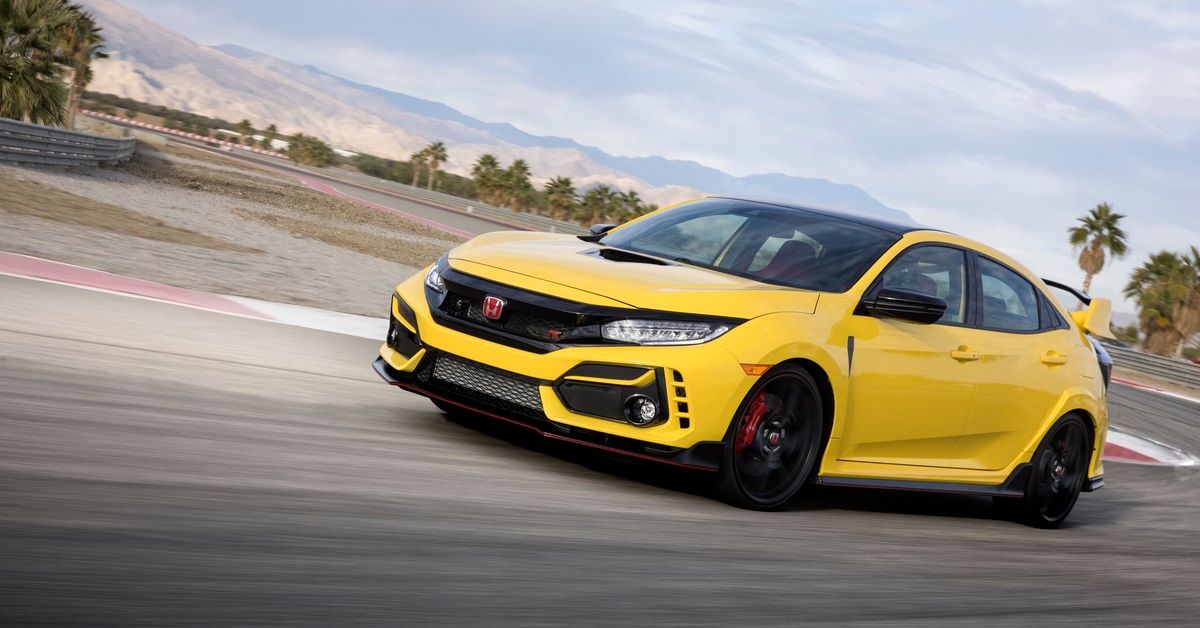
.jpg)
.jfif)
.jpg)
.jpg)
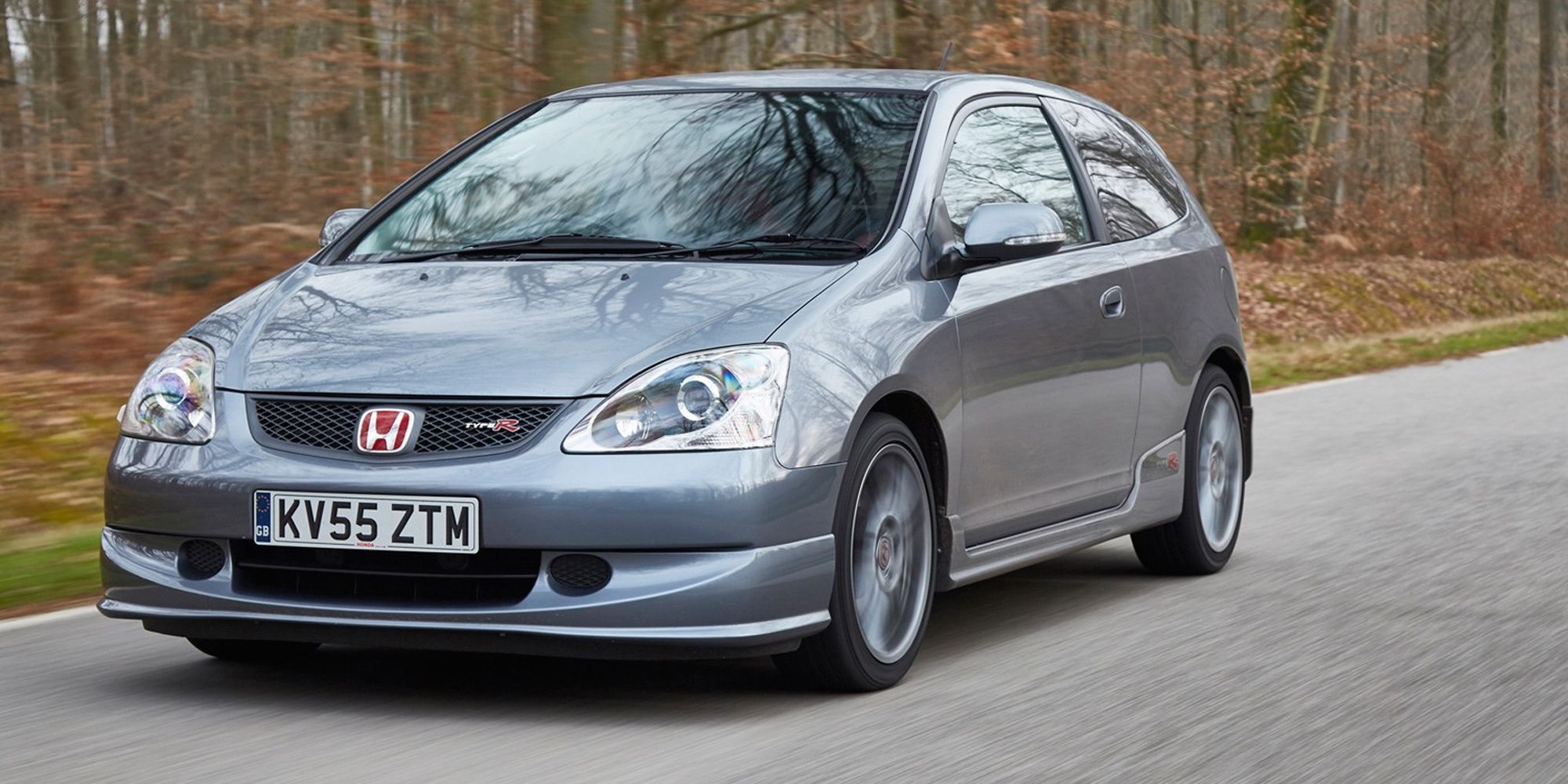
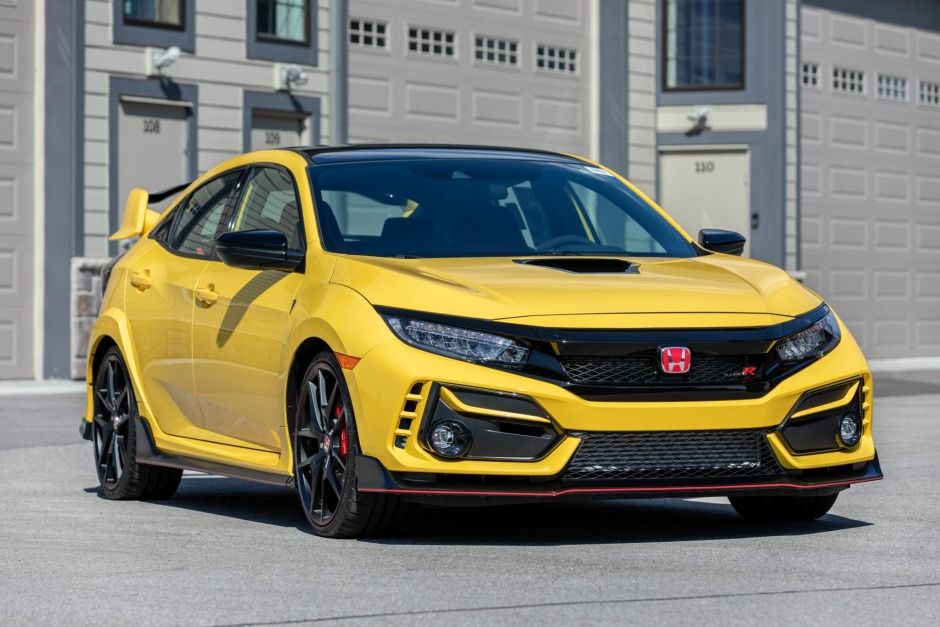
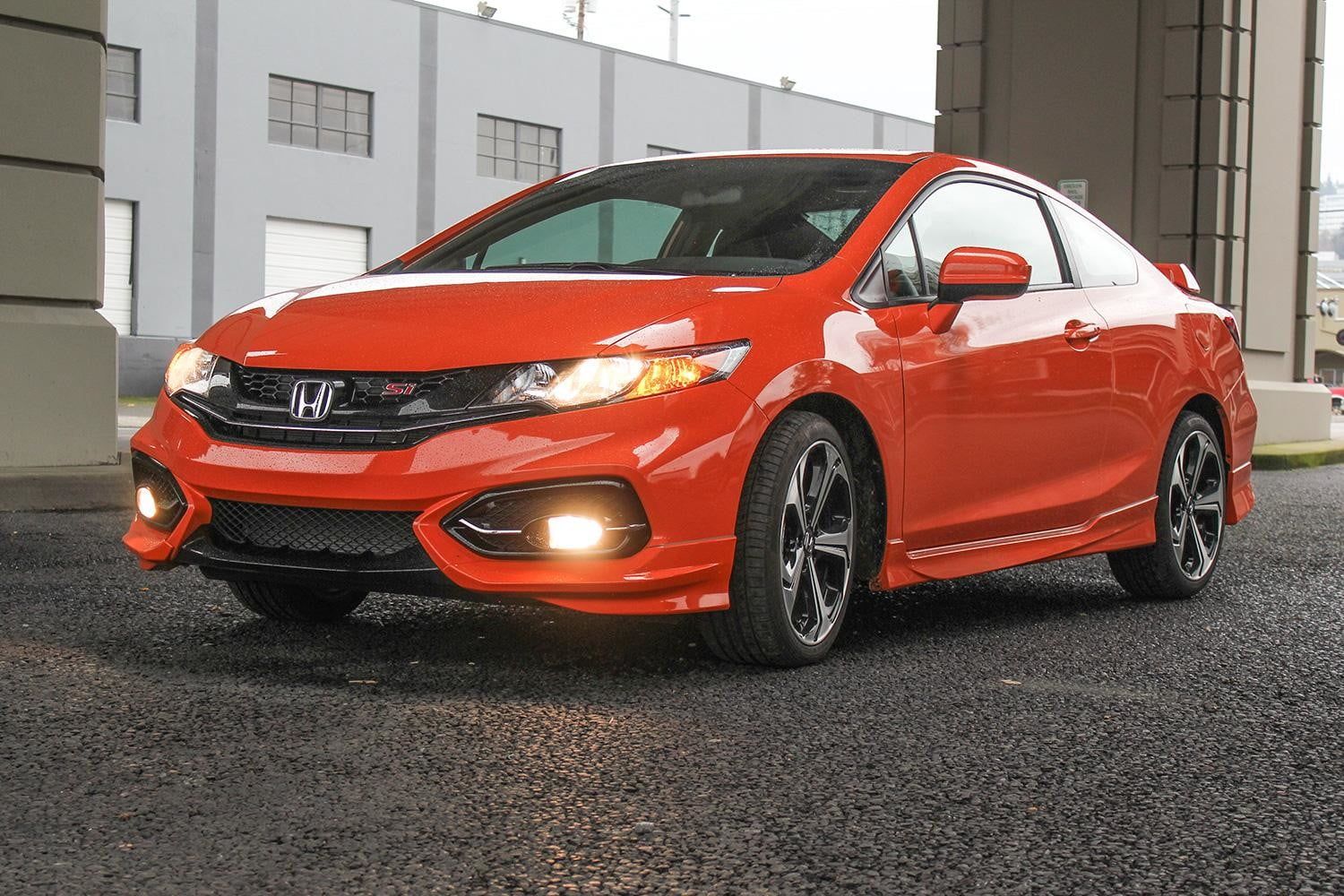
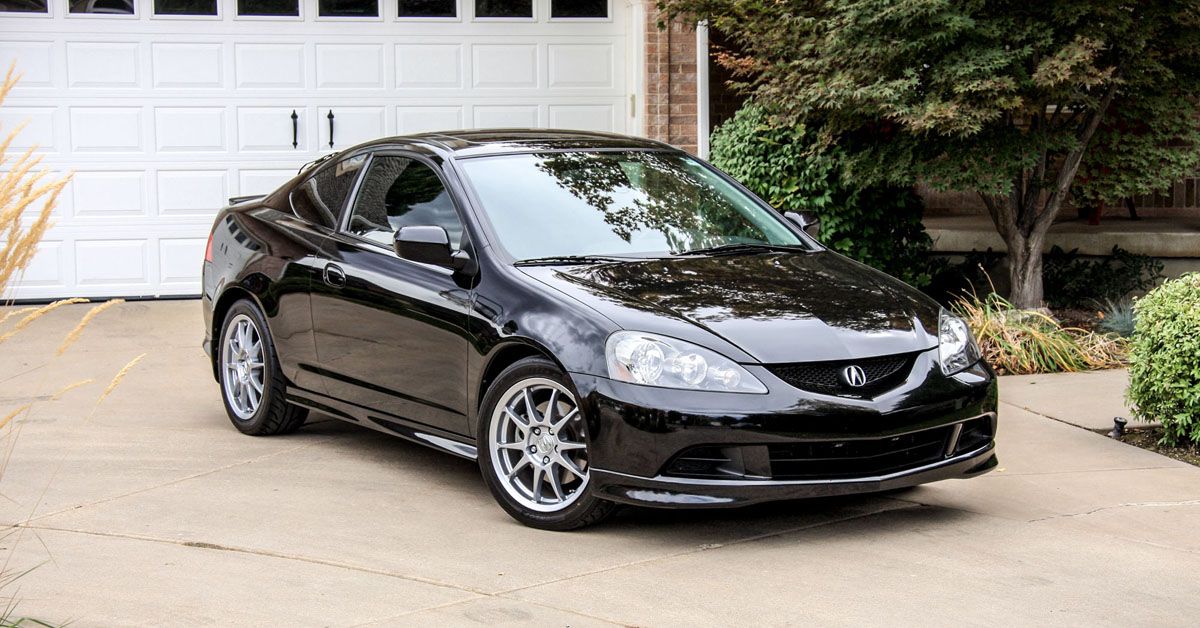
.jpg)
.jfif)
.jfif)
.jpg)
.jpg)
.jpg)
.JPG)
.jpg)
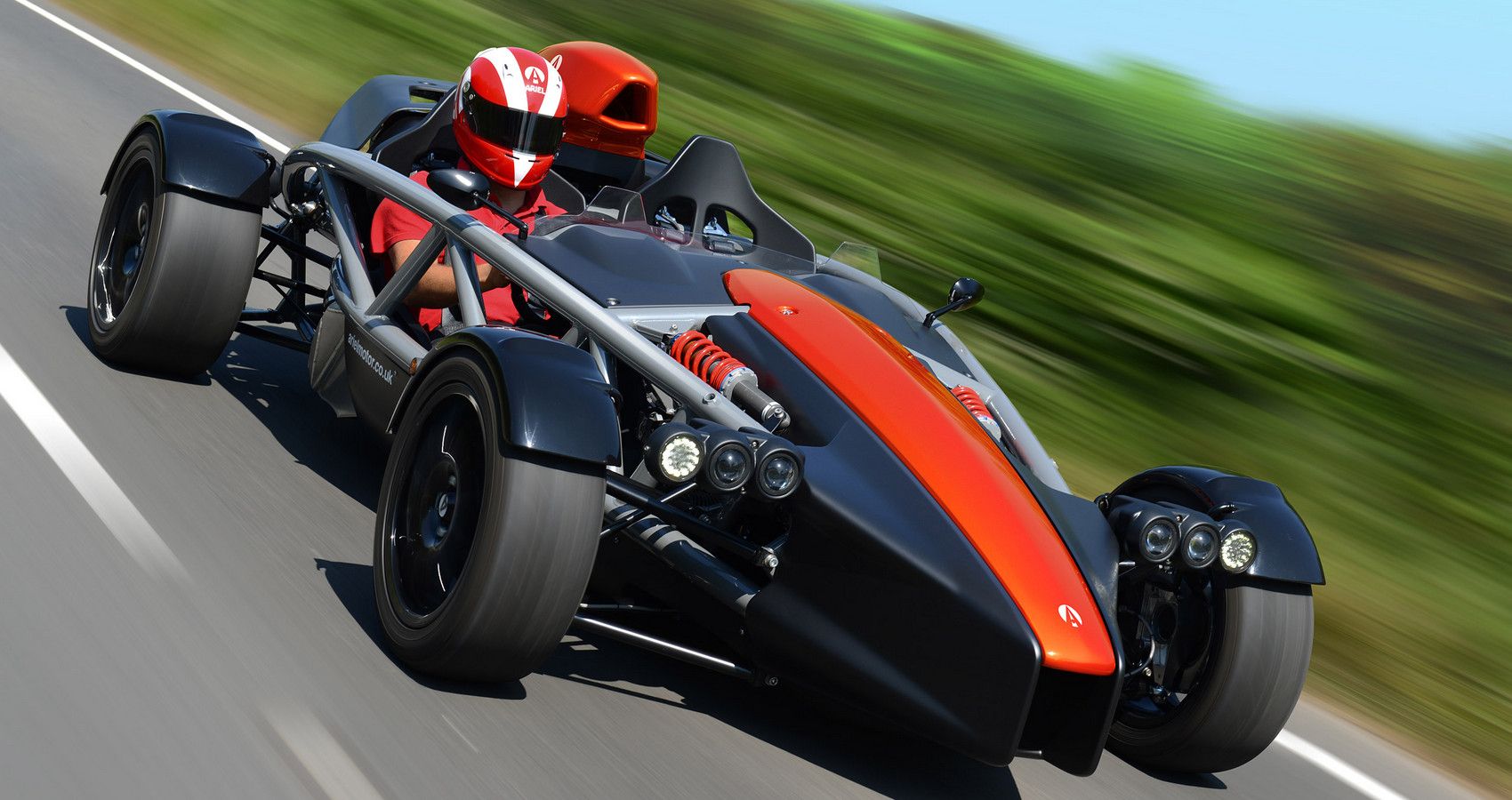
.jpg)
.jpg)
.jpg)